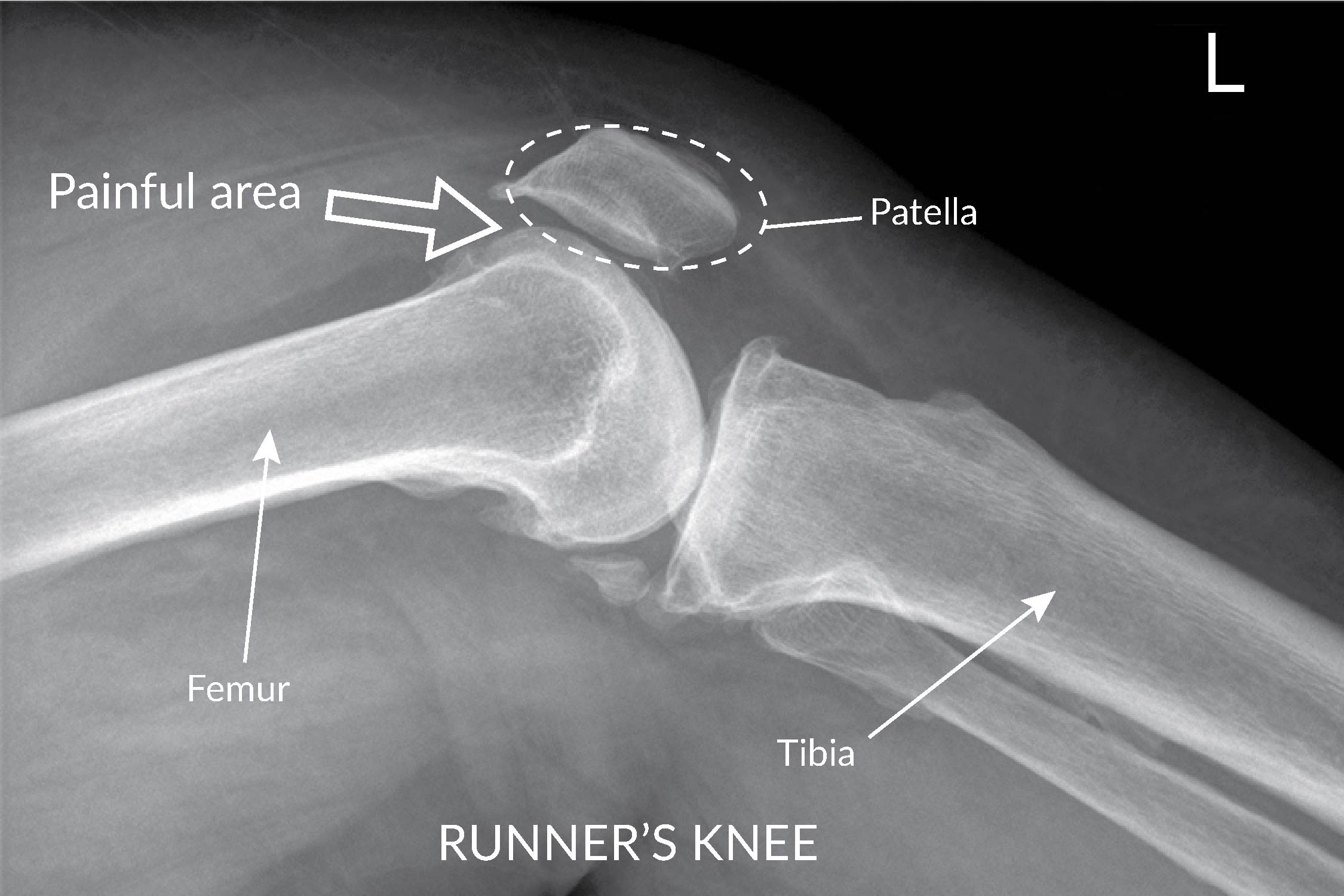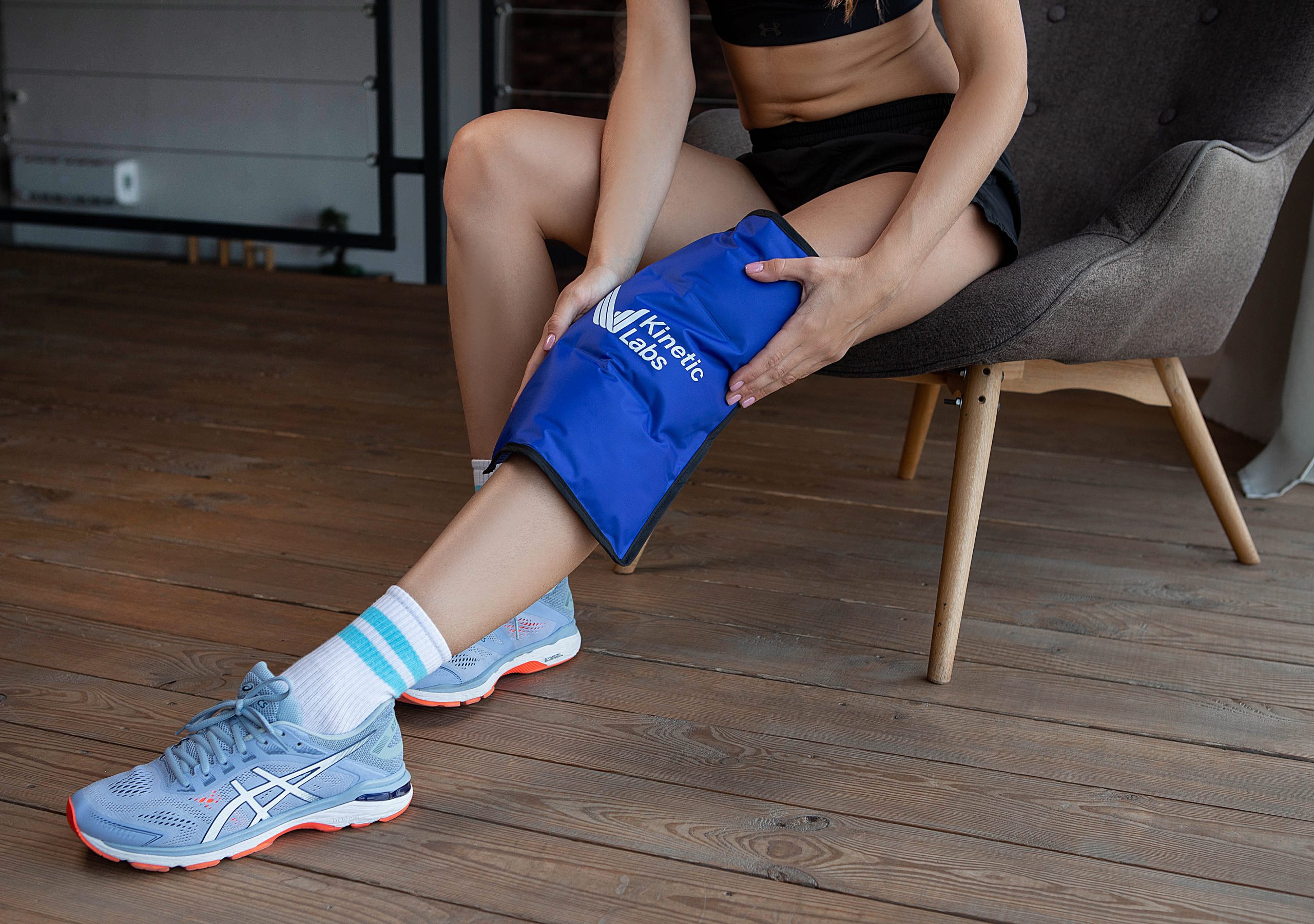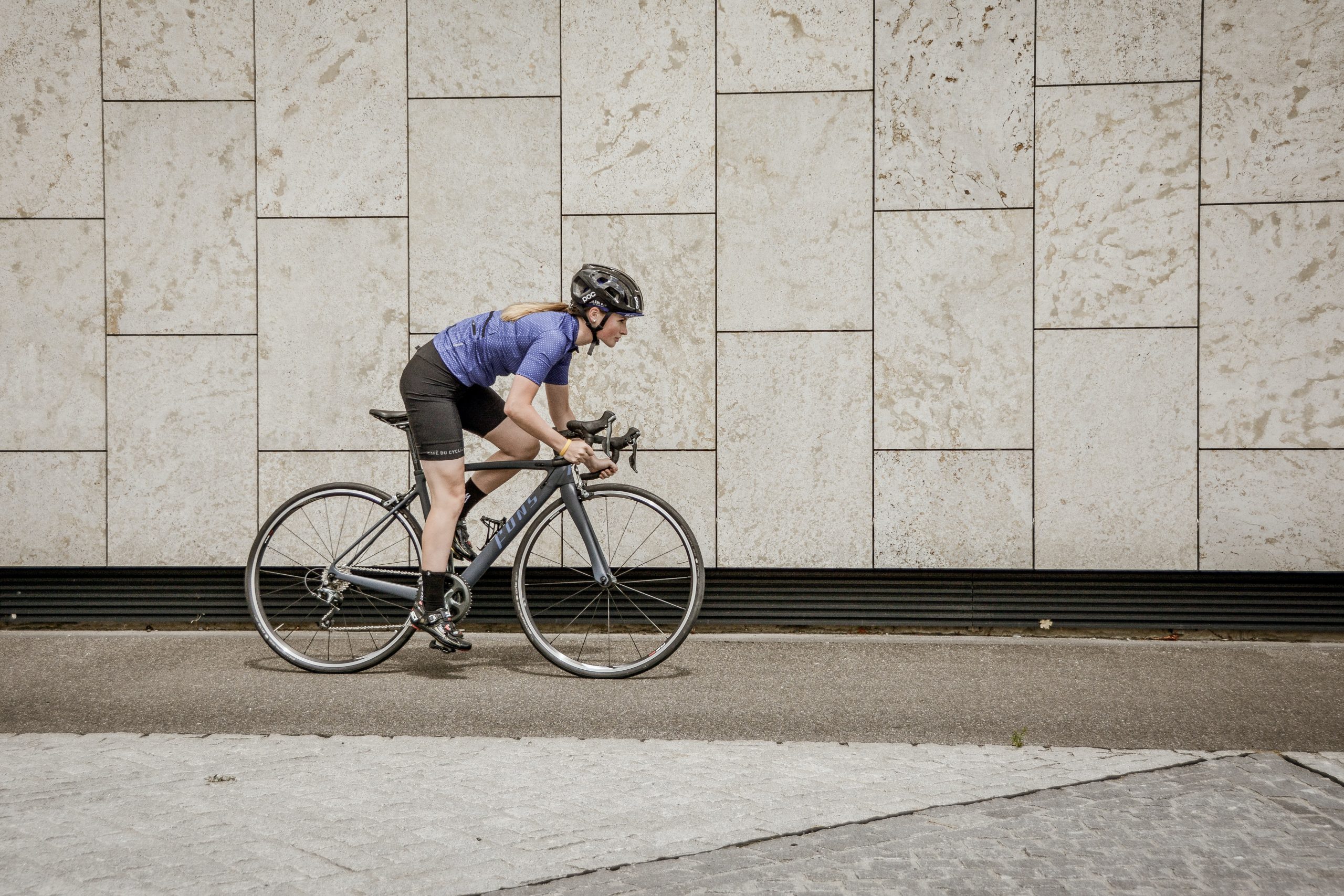Knee Pain After Running: Causes and Treatment Options
Knee pain after running is a common issue for many runners, whether they are just starting out or have been running for years. A variety of factors such as overuse, trauma, injury, structural issues and biomechanical factors can cause knee pain. The good news is that there are many treatment options available to alleviate knee pain, and with the right approach, runners can continue to enjoy their sport while managing their pain.
Causes of Knee Pain After Running
One of the most common causes of knee pain after running is overuse injuries. Repeated stress on the knee causes these types of injuries, resulting in inflammation and pain. Two of the most common overuse injuries that runners experience are runner’s knee (patellofemoral pain syndrome) and iliotibial band syndrome.
Runner’s knee is a condition that causes pain around the front of the knee, typically as a result of the knee cap (patella) not moving in its groove properly. This can be caused by weak thigh muscles. IT band syndrome is an overuse injury of the iliotibial band, a thick band of fibrous tissue that runs down the outside of the thigh from the hip to the shin. It is caused by the band rubbing against the thigh bone.
Another cause of knee pain after running is trauma or injury. Fractures and dislocations are examples of traumatic injuries that can cause knee pain. Structural issues, such as osteoarthritis and meniscal tears, can also cause knee pain. Osteoarthritis is a degenerative condition that affects the joints, and meniscal tears are injuries to the cartilage that cushions the knee.
Biomechanical factors, such as poor running form and weak hip or thigh muscles, can also contribute to knee pain. When the body is not in proper alignment, it can place extra stress on the knee, leading to pain and injury. Weak hip or thigh muscles can also lead to poor alignment and increased stress on the knee.
Treatment Options
The first line of treatment for knee pain after running is rest and ice. Reducing inflammation is essential in managing knee pain, and icing the knee for 20-30 minutes several times a day can help to reduce inflammation and pain.

Physical therapy is another effective treatment option for knee pain. A physical therapist can design a program of exercises to strengthen the knee and surrounding muscles, as well as stretching and flexibility exercises to improve range of motion.
Medication can also be used to manage knee pain. Over-the-counter options, such as ibuprofen and naproxen, can be effective in reducing inflammation and pain. In some cases, a doctor may prescribe stronger medication or a corticosteroid injection.
If the knee pain is severe and does not respond to other treatments, surgery may be necessary. Surgery can be used to repair or remove damaged tissue, realign bones, or to relieve pressure on the knee.
Prevention
Prevent knee pain by protecting your knee before it becomes a problem. Use proper stretching and warm-up before running. Gradually increase intensity and distance. Wear proper shoes and maintain a healthy weight.

Cross-training exercises, such as cycling, swimming, or strength training, can also help strengthen the knee and surrounding muscles. They can reduce the risk of knee pain.
Conclusion
Knee pain after running is a common issue for many runners, but with the right approach, it can be managed. Rest and ice, physical therapy, medication, and surgery are all effective treatment options, and by taking steps to prevent knee pain.

